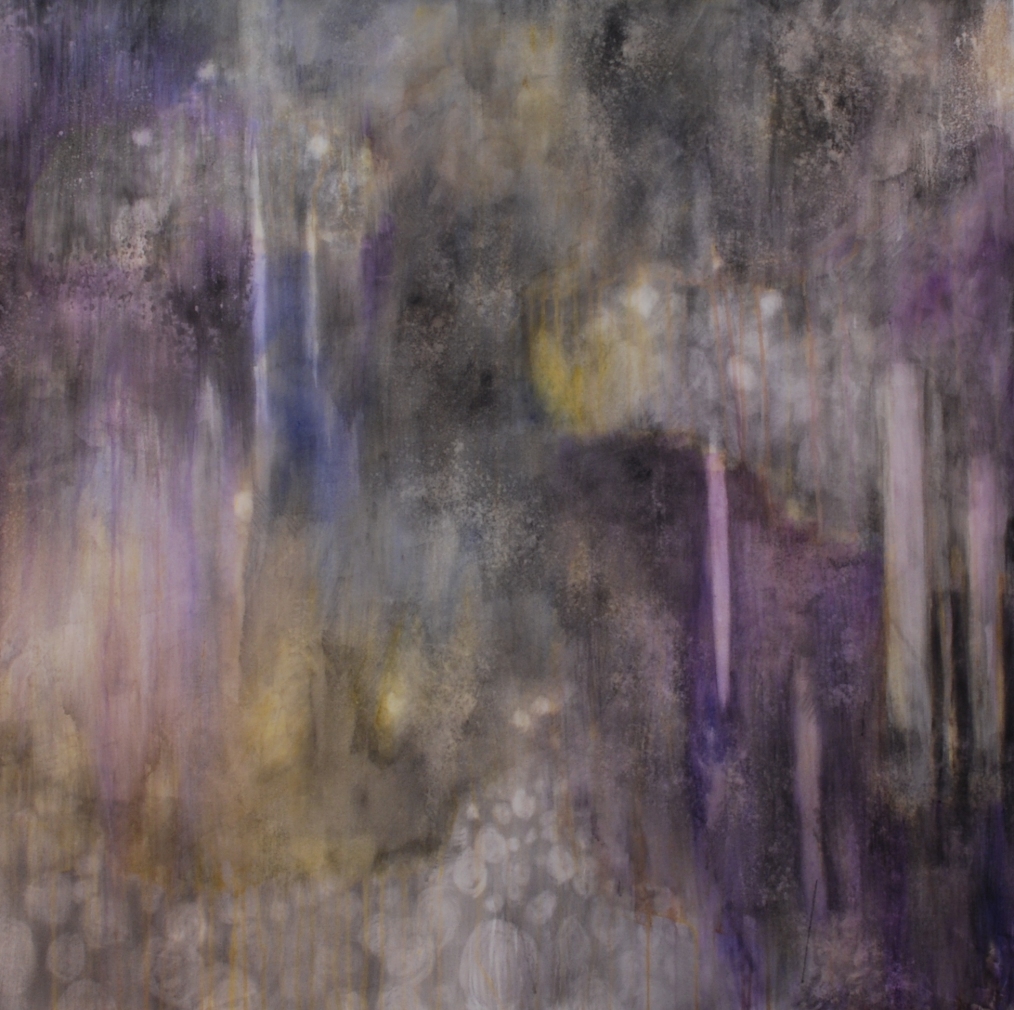My artwork is an expression of my faith. Each piece is intuitive and emanates from personal thoughts, ideals and experiences. My earliest paintings were literal interpretations of various biblical scriptures. Recent drawings and paintings are an expression of the beauty I see in creation. I am fascinated by the beauty of light as it passes through plants and creates dancing shadows on surfaces. Even though my work is grounded in the Christian faith, that faith is not without questions. In Genesis 1: 24-28 it states that God created all of the land animals and finished with creating mankind commanding that man “be fruitful and increase in number; fill the earth and subdue it…” Mankind was also given “dominion over” all living things or in some translations “to rule” over them. Fill the earth to what point? What does it mean to subdue the earth? To what end? What does it mean to have dominion over all living things? How should we regard the lives of animals? What is humanities responsibility to “the fishes of the sea, birds of the sky and the animals over all the land”? My most recent piece is a sculpture that questions humanities “dominion” over the animals, the sanctity of life, and the traditional interpretation in the book of Genesis.



